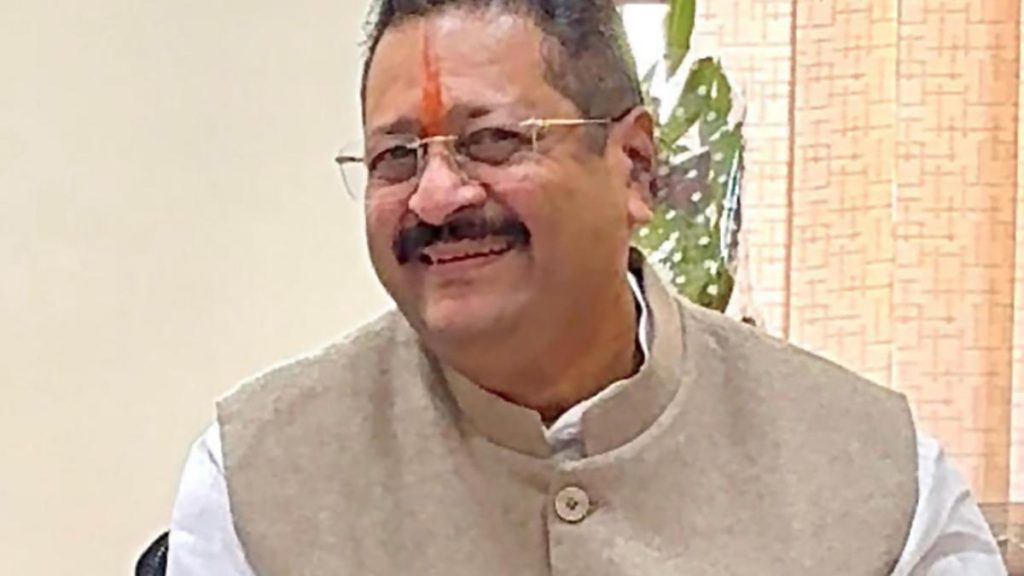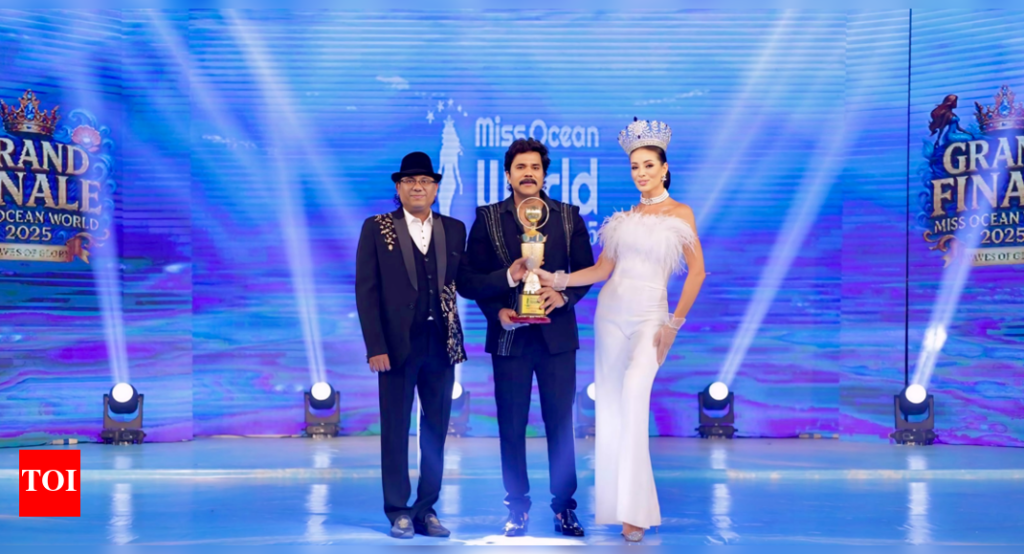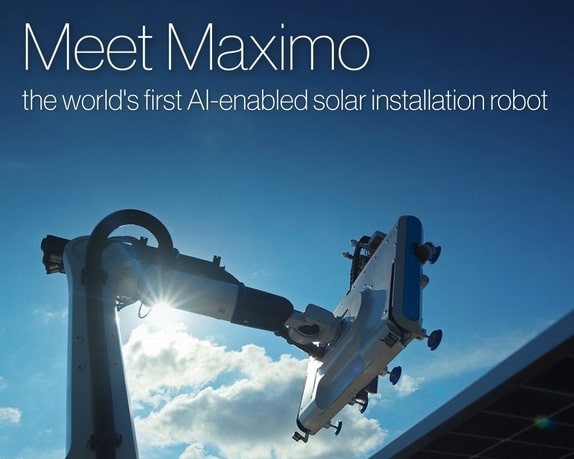Now Reading: India Hosts Historic Sea-to-Space Communication Event
-
01
India Hosts Historic Sea-to-Space Communication Event
India Hosts Historic Sea-to-Space Communication Event

Rapid Summary
- On august 29, 1965, NASA astronauts Gordon Cooper and pete Conrad aboard Gemini 5 communicated with aquanaut Scott Carpenter stationed in the U.S. Navy’s Sealab II under the Pacific Ocean-a milestone marking the first call between astronauts and an underwater aquanaut.
- The conversation occurred via a radiotelephone connection, which operates through radio waves.
- Gemini 5 tested effects of extended space travel on human health during an eight-day mission that surpassed previous records.
- Scott Carpenter conducted experiments in Sealab II at ocean depths for a record-setting 30 days, utilizing tools delivered by Tuffy, a trained marine mammal equipped with a harness.
- Both Cooper and Carpenter had prior involvement in Project Mercury-America’s initial manned spaceflight program-as early pioneers of aerospace exploration.
- Carpenter leveraged similar technology to make notable calls later: one to U.S. President lyndon B.Johnson from underwater (distorted due to helium intake) and another sea-to-space call three decades later from Florida.
Images Included
- Gemini Astronauts Splashdown: View post-mission reentry (NASA Johnson space Center).
- Tuffy delivering Tools: Marine mammal assisting Sealab II operations (Naval History & Heritage Command).
Indian opinion Analysis
The historic sea-to-space communication of August 1965 reflects humanity’s innovative use of technology for exploration beyond conventional boundaries-an accomplishment combining advancements in aerospace and underwater sciences. While India was not directly involved at the time, milestones like these inspire global scientific progress influencing India’s trajectory as an emerging leader in space research.
India’s commitment toward aspiring projects like ISRO’s oceanic studies alongside advanced satellite missions highlights potential avenues for integrating deep-sea technologies with outer-space strategies akin to this event. Learning from such initiatives could further propel India’s cross-disciplinary collaborations while reinforcing its stance as both maritime and space-faring nation nurturing high-research aspirations globally consolidating core youth value



























